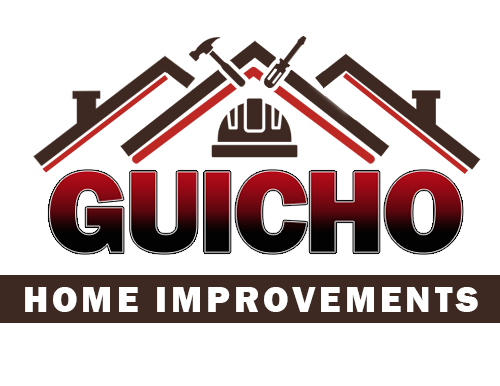Installing siding on your home is crucial for preserving your investment and improving the outside appearance. Still, improper installation can lead to significant issues, from water damage to increased energy costs. Understanding common mistakes to avoid during siding installation can save you time, money, and frustration. In this blog post, we’ll explore the pitfalls of incorrect installation, best practices for installing siding, and how to keep replacement costs under control.
Not sure whether to repair or replace your roof? Our Wayne Roofing Company Experts can help. An aging roof may need a full replacement, while minor storm damage might only require repairs. Contact us today to have one of our roofing experts assess your needs!
What Happens if the Siding is Installed Incorrectly?
Incorrect siding installation can lead to a myriad of problems. Moisture can seep behind the siding, causing mold growth, wood rot, and potential infestations of insects or pests. Additionally, improperly installed siding can create gaps or misalignments, leading to drafts and reduced energy efficiency, resulting in higher utility bills due to increased heating and cooling demands. Aesthetically, poor installation can lead to unsightly warping or buckling, diminishing your home’s curb appeal. In the worst circumstances, your home’s structural integrity can be compromised, necessitating extensive and costly repairs to the underlying framework and potentially even to interior walls if water damage penetrates deeply.
The Best Way to Install Siding
To ensure your siding is installed correctly, follow these best practices:
1. Preparation: Start with a clean, dry surface. Ensure that the sheathing and weather barrier are correctly installed.
2. Proper Tools and Materials: Use suitable instruments and premium materials to guarantee longevity and a professional finish.
3. Correct Techniques: Follow manufacturer guidelines and industry standards for spacing, nailing, and sealing.
4. Experienced Installers: Hiring a professional with experience in siding installation can significantly improve the quality of the job.
How to Keep Siding Replacement Costs Under Control
Keeping siding replacement costs under control involves careful planning and execution:
1. Budgeting: Plan your budget meticulously and include a buffer for unexpected expenses.
2. Material Choices: Choose durable materials that fit your budget to minimize future maintenance and replacement costs.
3. Regular Maintenance: Inspect and maintain your siding to extend its lifespan and delay replacement.
4. Professional Help: Hiring a professional might seem costly upfront, but it can prevent expensive mistakes.
The Most Common Siding Installation Mistake
One of the most common mistakes during siding installation is improper spacing. Vinyl siding, for example, needs room to expand and contract with temperature changes. Nailing it too tightly can lead to buckling and warping. Always leave the recommended gap per the manufacturer’s guidelines to allow this movement.
8 Common Siding Installation Mistakes and How to Avoid Them
1. Improper Nailing Techniques: Nails driven too tightly can restrict movement. Avoid this by nailing in the center of the slots and leaving a small gap between the nail head and the siding.
2. Ignoring Manufacturer Instructions: Each siding material has specific installation instructions. Always read and follow these guidelines to ensure proper installation.
3. Skipping the Weather Barrier: A weather barrier prevents moisture from penetrating the walls. Ensure it’s appropriately installed before adding the siding.
4. Incorrect Flashing Installation: Flashing diverts water away from critical areas. Properly install flashing around windows, doors, and other openings to prevent leaks.
5. Poor Surface Preparation: Failing to clean and level the surface can lead to uneven siding and potential water infiltration. Prep the surface thoroughly before starting.
6. Overlapping Seams Poorly: Incorrectly overlapping seams can cause gaps and exposure to the elements. Follow recommended overlap distances and techniques.
7. Inadequate Ventilation: Proper ventilation prevents moisture buildup behind the siding. Ensure that the ventilation system is adequate and unobstructed.
8. Incorrect Trim Installation: The trim needs to be installed correctly to ensure a tight seal and neat finish. Pay attention to corners and edges for a professional look.
Conclusion
Avoiding common mistakes during siding installation is vital to maintaining the integrity and appearance of your home. You can ensure your siding project succeeds by understanding the pitfalls and following best practices. Whether you hire professionals or undertake the job yourself, attention to detail and adherence to guidelines will spare you from expensive replacements and repairs. Remember, proper installation enhances the beauty of your home and its durability and efficiency. Take the time to do it right; your efforts will pay off for years.





